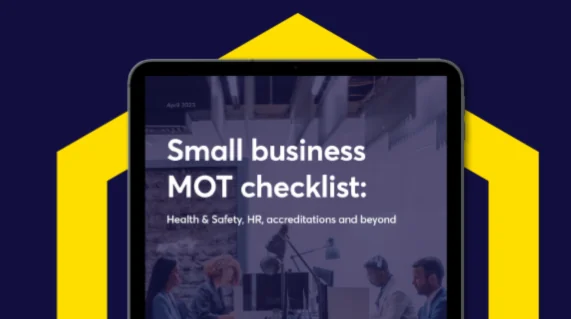The Government yesterday announced the coronavirus job retention scheme which has backed up its requests of businesses affected by the crisis not to terminate the employment of its workers.
The scheme, which is due to be backdated to 1st March 2020 and run for an initial 3 months will allow employers of all sizes to apply for grants from HMRC to cover up to 80% of an employee’s wage costs where they have ‘furloughed’ the employee.
It was the Chancellor’s belief that the scheme will be up and running in weeks and the first grants paid by the end of April 2020.
What does this mean?
It means that employers who have or will lay-off employees on a temporary basis will be able to pay the employee at least 80% of the employee’s normal wages (up to a maximum of £2,500 per month) and recover that outlay through the scheme. In order to qualify employers must keep the employee on the payroll.
Employers will be free to ‘top-up’ pay to 100% during the period of lay-off.
There was no suggestion the law in respect of temporary lay-off will be changed and therefore where there is no contractual right to lay off then there will still be some exposure to a breach of contract claim unless the Company pays 100% of wages.
However, the scheme means that it will be much easier for employers to get employee agreement to lay-off outside of the terms of the contract when wages are guaranteed to such a level. Employers will need to continue to pay statutory guarantee payments during lay-offs irrespective of whether or not they intend to use the scheme.
What about zero-hour workers?
During the question and answer session, it was put to the Chancellor whether or not zero-hour workers would be covered? He responded that in his opinion they would, subject to how their individual contracts worked. At this stage, we suggest employers should use the common basis of average pay over the 12 week period prior to the start of the lay-off period in their calculations.
What about partial lay-off?
It is not clear if an employer can partially furlough an employee (e.g. 3 out of 5 working days per week) and make a claim under the scheme in respect of the 3 days only. This is a crucial point and we will be pushing hard for a quick answer on this. At present the brief guidance for employees states ‘To qualify for this scheme, you should not undertake work for them while you are furloughed’.
What about Employer NI and Pension Contributions?
Until HMRC release detailed guidance it is not clear whether a claim under the scheme will cover PAYE costs above gross salary.
What about cash flow in the meantime?
Immediately after the announcement of the Jobs Retention Scheme the Chancellor announced that the COVID-19 Business Interruption Scheme announced last week would be live from Monday 23rd March 2020 and that the Government would be extending the period of time it would cover interest payments from 6 to 12 months. Businesses wishing to maintain wages under the retention scheme but who may face cash flow issues prior to being able to access the grants should consider making an application here.
What other measures were announced by the chancellor?
VAT Holiday: no business will pay VAT from now to June, and they’ll have until the end of the financial year to repay the outstanding VAT.
Deferring self-assessment deadline for taxes: the deadline for self-assessment of taxes will be extended to January 2021, meaning that self-employed people will have longer to pay their taxes.
We will provide further information on the job retention scheme once detailed guidance is released.








